Here are gluten-free grains for you that are tasty to eat instead of wheat. Eating gluten-free grains is more than a fad; many people realize that they need to eat them to feel good. This is because they either have gluten sensitivity, celiac disease or simply don’t feel well on wheat. All of these 11 gluten-free grains are healthy superfoods.
“Celiac disease causes a wide range of gastrointestinal symptoms. Clinicians must have a high level of suspicion to detect the atypical forms of celiac disease. With a gluten-free diet, patients have substantial and rapid improvement of symptoms, including symptoms other than the typical ones of diarrhea, steatorrhea, and weight loss.” ~ American Journal of Clinical Nutrition
Gluten sensitivity (or intolerance) affects a larger group of people – 10%.
Do the Gluten Sensitivity Self-Test
How many of the sensitivities do you have? Check all that apply and see if eating gluten-free is right for you. If you have four or more symptoms than it may indicate that gluten may be impacting your health. But even one symptom, if severe and chronic, can be a sign of gluten sensitivity. Take the test and find out!
Or Do Our Testing
We have been testing individuals for food sensitivities for over 20 years with Vital Health Assessment.
This can be very challenging as wheat is in so many foods in our culture, but there are many great alternatives. As it has become more mainstream, it is much easier to find gluten-free options in the market, at restaurants, and on the store shelves as well as clear labeling on products.
These eleven gluten-free grains are filled with health benefits and are a great addition to our gluten-free meals.
11 Healthy Gluten-Free Grains
1. Oats (make sure they are pure and uncontaminated)
Your grandma and the Scots ate oats because it is inexpensive and grows anywhere. I eat oatmeal for its taste and nutrition and it’s many other health benefits.
Low-calorie food stops cravings. A cup of oatmeal is only 130 calories! It also stays in your stomach longer making you feel full longer. You will have less hunger and cravings while it stabilizes blood sugar and reduces the risk of diabetes (type 2).
Read all of the benefits here: 10 Smart Reasons to Enjoy Oatmeal
There is some controversy about whether oatmeal is really gluten-free. Read more here: Is Oats Gluten-Free?
Oatmeal Cinnamon Porridge & Sultanas Is Delicious – This Oatmeal Cinnamon Porridge & Sultanas makes a great start to your day. I like the old fashioned oats as they have a fuller flavour and are healthier. You can eat this as a raw meal or make it into regular porridge. As they take longer to cook; I often soak them overnight but you do not have to.
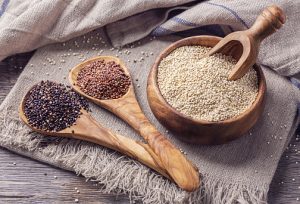
2. Quinoa
Quinoa is a Powerfood Vegetable Seed! Although referred to as a grain, it is actually a seed from a vegetable related to Swiss chard, spinach, and beets.
It is a High-quality protein with the nine essential amino acids. The protein balance is similar to milk but at 16.2 to 20 percent protein, it has more protein than rice (7.5 percent), millet (9.9 percent) or wheat (14 percent).
Quinoa is pronounced ‘keen-wa’ not ‘kwin-o-a’. Learn its health benefits, its ancient history, and preparing tips and cautions. Read all here:
8 Health Benefits of Quinoa – the Mother Food
Cooking Quinoa – Learn how to cook quinoa in a fast and easy way. This is one of the quickest and easiest grains to cook when you are short on time.
Always Rinse Quinoa, although highly nutritious, it is actually coated with the toxic chemical saponin; you must rinse the quinoa thoroughly. Saponins can be challenging to the immune system and stomach. Commercial processing methods remove much of the bitter soapy saponins coating quinoa seeds, but it is best to rinse again to remove any of the powdery saponins that may remain on the seeds.
3. Millet
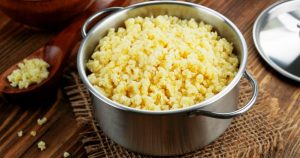
Millet is one of the easiest to digest gluten-free grains providing a host of nutrients, and it has a sweet nutty flavour. It is considered to be one of the most digestible and non-allergenic grains available. It is one of the few grains that is alkalizing to the body
Millet has always been a favorite grain of mine since I discovered it in my hippy days in the 70’s!
Read about 12 Health Benefits of Millet…the Alkalizing Grain! some interesting trivia and history, 10 tips on how to use it, and 3 delicious millet recipes.
We use millet in our Healthy Online courses. Besides all the health benefits, it is tasty and economical.
Learn How to Cook Perfect Millet with my very simple energy-conserving way. Some people think millet is a little tasteless but it doesn’t have to be when you cook it well!
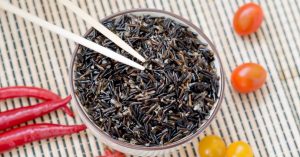
4. Wild Rice
Wild rice is one of the gluten-free superfoods. It is thought to be the most decadent grain with its distinctive, nutty, earthy flavour. It actually isn’t even rice, so it is gluten-free, which is good news for many of us.
It has 40% more protein and about 30% fewer calories than brown rice. It is good for the heart and high in antioxidants.
It was shown in experiments, that long-term consumption of wild rice had cardiovascular benefits. – University of Manitoba, Canada, 2014.
Learn more about how Wild Rice is One of the Most Decadent Gluten-Free Superfoods.
It is important to cook it well. Here is my recipe: How to Cook Wild Rice – You can eat it alone or add it to salads, soups, casseroles, and even desserts.
5. Brown Rice
Rice feeds the world! Three billion people worldwide depend on rice for over half of their daily calorie intake making it the most popular of the gluten-free grains. Unfortunately, most of them eat white rice only.
Find out all the benefits of rice and which is better, white or brown at Brown Rice vs White Rice: Benefits and Cautions
Cooking Long & Short Grain Brown Rice – Recipe – Cooking brown rice is simple but it is important to do a few simple things. I first discovered brown rice in my hippy days in the 1970’s and loved it right away with its full nutty taste. Don’t waste your money, calories or time on non-food white rice which has less nutritional value and is bland.
6. Buckwheat
Buckwheat is a valuable food for diabetics as it is helpful for regulating blood sugar. This gluten-free grain is rich in flavonoids like rutin and is a good source of magnesium, and buckwheat is good for your cardiovascular system.
Read all of the benefits here: Warming Buckwheat Full of Health Benefits
Warming Buckwheat with Sunflower Seeds – This buckwheat recipe is simple and nutritious! It is gluten-free and is not a grain, it is a seed. Also, it is warming and so great for the winter months.
7. Cornmeal whole grain (not corn starch)
Cornmeal is one of my favourite gluten-free grains. It is an excellent source of iron, magnesium, phosphorus, zinc, and vitamin B-6. And is good for weak digestion, heart disease, high blood pressure, edema, and gallstones. Because corn is often genetically modified, one should only purchase organic corn or corn products.
Most individuals get exposed to corn in so many products, often as a sweetener hidden in foods and syrups. If you are not eating packaged or junk foods though, corn can be a healthy addition to your diet.
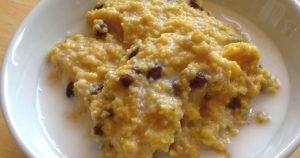
Learn more about Cornmeal, the Comfort Food That is Good for You.
Tasty Cornmeal Porridge – This is my favourite porridge. Some call it grits, others polenta or mush. Here is the basic version which can be dressed up however you please. This cornmeal porridge can be made both sweet or savory, sometimes I even eat it for lunch done up savory. See all the many variations at the bottom of the recipe.
Here are 4 more gluten-free grains that are less well known.
8. Teff
Teff leads all the grains in its calcium content, with a cup of cooked teff offering 123 mg, about the same amount of calcium as in a half-cup of cooked spinach. It’s also an excellent source of vitamin C, a nutrient not commonly found in grains. It can be grown in areas that won’t support other crops. The seed is so small it cannot be refined so is always a whole grain.
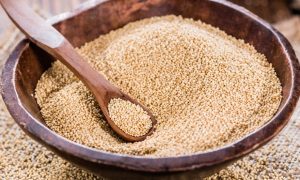
9. Amaranth
A major food crop of the Aztecs, Amaranth domesticated between 6,000 and 8,000 years ago. The Aztecs didn’t just grow and eat amaranth, they also used the grains as part of their religious practices.
Amaranth contains significant amounts of B vitamins, calcium, iron, and Vitamin C. Amaranth may help lower cholesterol. At about 13-14%, it easily trumps the protein content of most other grains.
10. Montina (Indian Rice Grass)
Montina was a staple of Native American diets. Pure Indian rice grass flour is high in protein and fiber, with 17 grams of protein, 24 grams of dietary fiber, and 24 grams of insoluble fiber in just two-thirds of a cup. Indian Grass Rice has a strong wheat like taste.
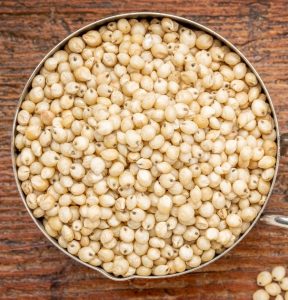
11. Sorghum (whole grain)
Sorghum contains large amounts of fiber, protein, and nutrients. In studies it has been shown to possibly inhibit cancer growth, protect against diabetes and help manage cholesterol.
Sorghum is significantly more nutritionally dense than ordinary white flour. It is often eaten as a porridge but can also be ground into flour.
All the above grains are recommended by the Canadian Celiac Association.
Here is an Extra Gluten-free Grain
Popcorn
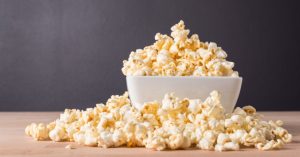
Movie lovers will be happy with this one! Popcorn is an abundant source of fiber, and it has some B vitamins and minerals such as manganese, magnesium, iron, zinc and phosphorous.
Popcorn’s crunchy hull is rich in polyphenols—antioxidants that provide several important health benefits such as protection from coronary artery disease, protection from cancers, healthy blood sugar levels and prevention from premature aging.
Curried Popcorn Is A Healthy Yummy Snack – Curried popcorn has become my current favourite healthy snack for me. I like the curry flavour in my vegetables so I thought why not in popcorn. It is so yummy that I can easily eat a large bowl full all by myself!

If you are considering going gluten-free or wondering if you should:
- Why Is a Gluten-Free Diet So Expensive and Fattening?
Have you noticed that a gluten-free diet is expensive? You may have to eat gluten-free because you have celiac disease or have a gluten sensitivity or perhaps you choose to eat gluten-free to be healthier.
On average, gluten-free products are 242% more expensive than regular products. Canada’s Dalhousie Medical School compared prices of 56 gluten-free items with ordinary grocery items containing gluten. - Read my article: Gluten-free Products And Recipes Can Be Unhealthy!
It is true that mainstream gluten-free products are not always healthy and can actually be making you fat and unhealthy! Time to find out the dangers of those products you can buy. - Learn about the 9 Gluten-Free Flours That Are Very Healthy For Baking
It is best to bake with gluten-free flours and not buy all those unhealthy products. Cooking with gluten-free flours can be tricky but it is worth it. There are some very helpful tips in this article. - Read the article: Do You Need to Eat a Gluten-Free Diet with Dr. Oz’s self-test.
- Check out some of Diana’s gluten-free recipes.
- Consider doing a Healthy BootCamp. All of the recipes you receive for the BootCamp will be gluten-free and particularly the upcoming Healthy Baking BootCamp which focuses on gluten-free baking.
You can also learn how to plan and prepare super healthy gluten-free meals with my 2-5-30 Healthy Diet Online Courses.
100+ Superfoods
Learn more about some of the healthiest vegetarian foods you will always want to have in your pantry or growing on your deck.
READ: Superfoods – Over 100 of the Healthiest Foods You Should Have in Your Diet and learn more about the variety of Superfoods we think you should have in your diet.

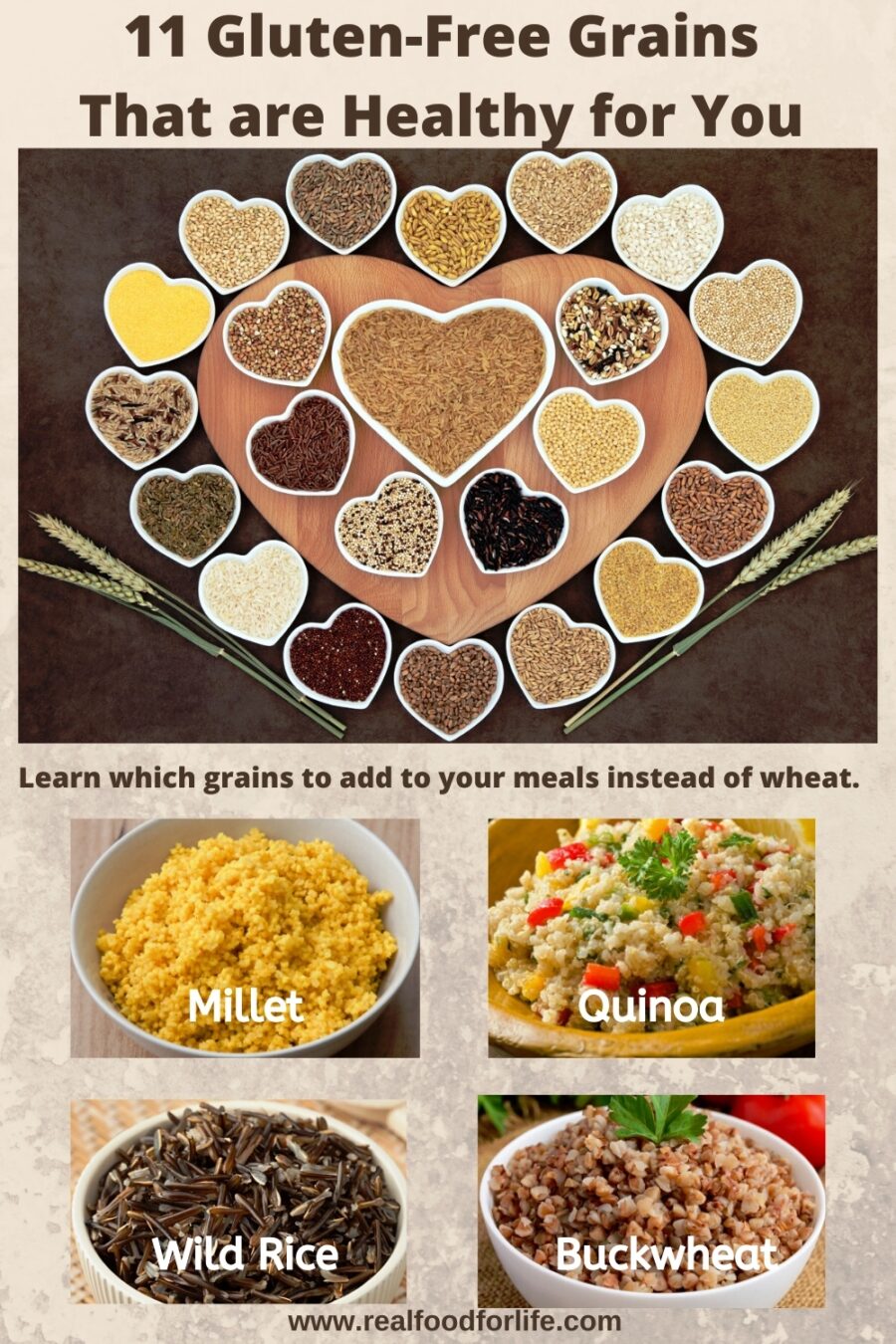
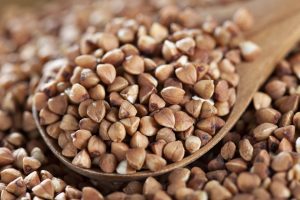

Brown rice is a superb addition to any meal. It features a rich, chewy texture that would be ideal as a side dish; combined with beans, herbs, vegetables, or chicken; or put into a burrito or soup. An amount of brown rice is a superb source of selenium, which can reduce your cancer and heart disease risk. Since it contains 2 milligrams of vitamin E, this is an excellent antioxidant that can help repair your muscles. It may also help lower cholesterol and reduces the risk of metabolic syndrome, be responsible for obesity, diabetes and blood pressure.
Thanks Joy for all the great info. I agree with you appreciation of this (to me) essential food.
Love your info but am concerned as is most all corn in North America anyways GMO now and thus highly recommended not to eat any from of what so ever?
Hi Sandra. I’m sorry but I forgot to mention in the article that one should only buy organic corn products. My omission but that has been added. Thanks for the reminder.
Popcorn is not genetically modified. It’s a much smaller market and Monsanto hasn’t got around to poisoning it yet. Oats are not gluten free. I USED to be Celiac and oats tested bad for me.
You have made some really goid points there. I checked
on the internet to learn more about the isssue and found most people will go along with your views on this website.
You are so awesome! I don’t suppose I’ve read anything like
this before. So great to discover somebody with a
few genuine thoughts on this issue. Really..
thank you ffor starting this up. Thiis website is somethinng that iis required on the web, someone with a bit of originality!
What a great resource!!! Thank you ever so much for the information!!!
You’re a lifesaver!
john in Michigan
Could chronic inflammation in muscle be caused by gluten intolerance?
So, what’s the 11th grain?
Jackie, thank you for letting me know that there was a typo. Number 10 was twice which has now been corrected so is an 11 not just 2 10’s. Amazing that we did not notice it in these last 6 years. 🙂